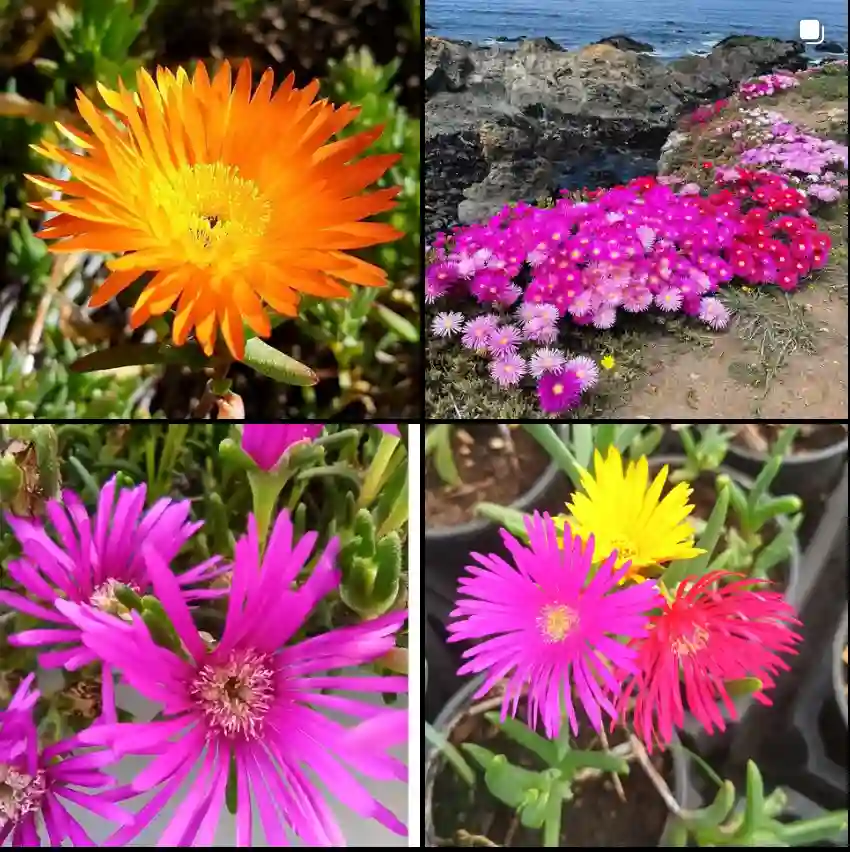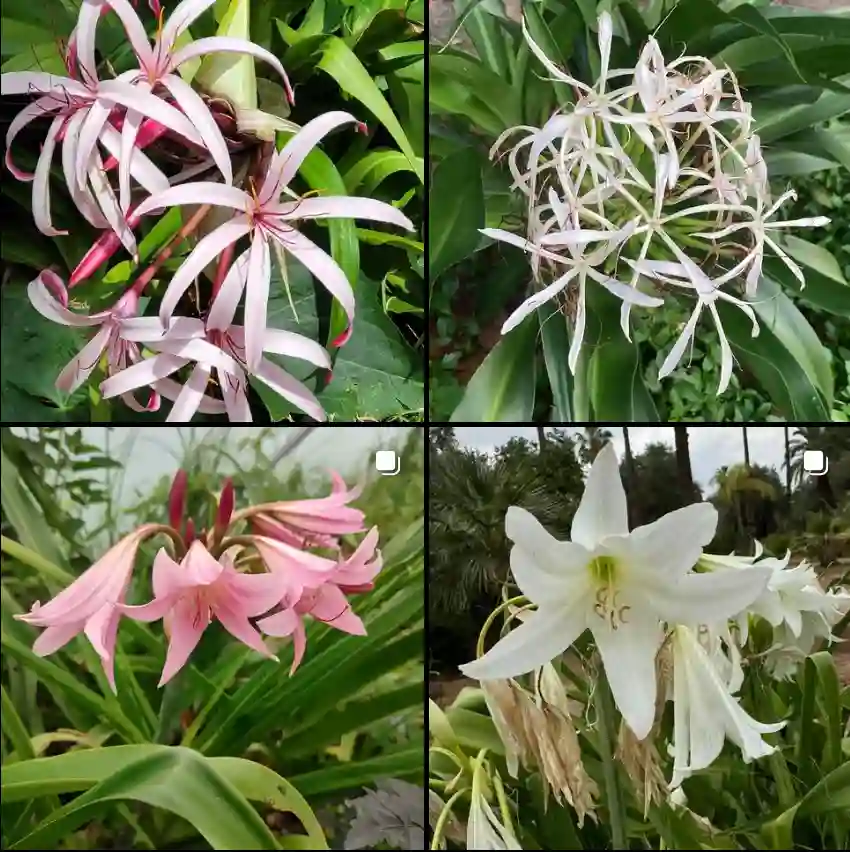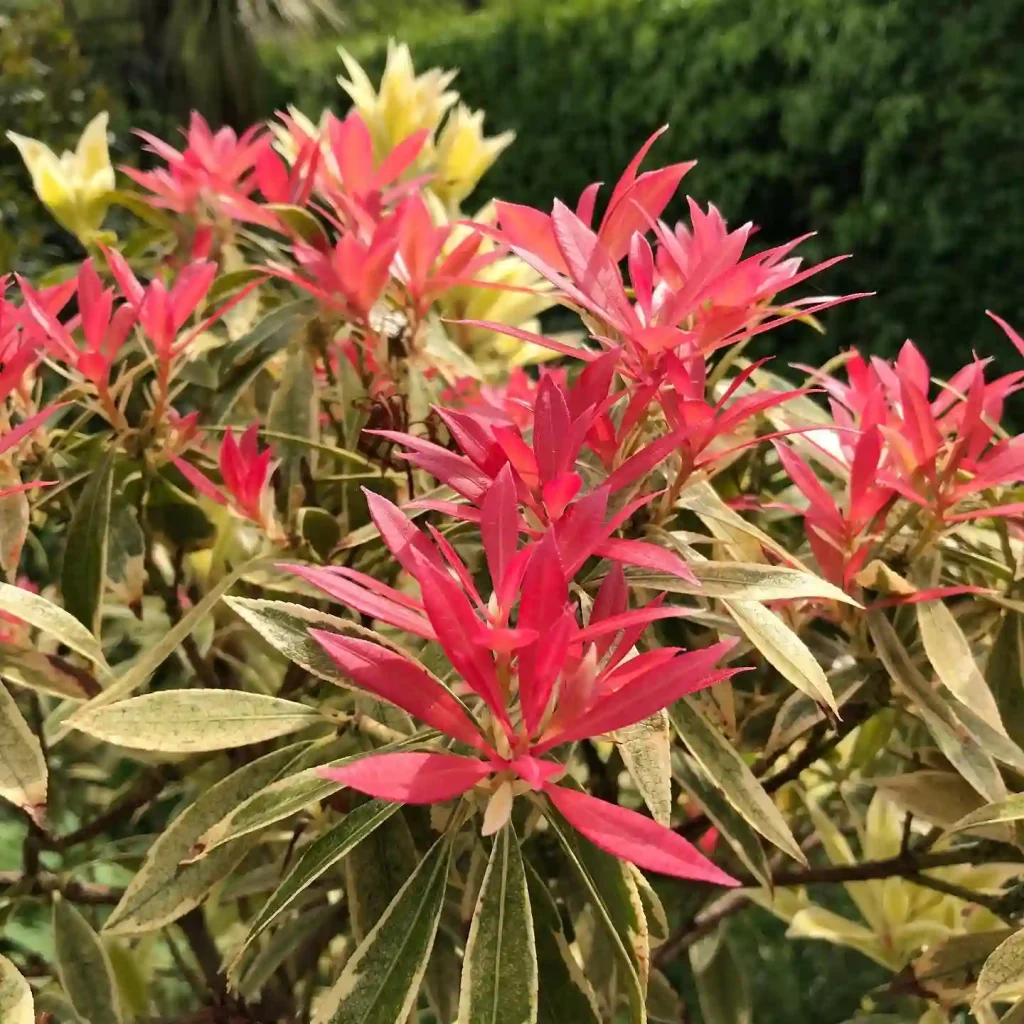Exploring the Hernandiaceae Family: My Journey with Gyrocarpus, Hernandia, Illigera, and Sparattanthelium
The Hernandiaceae family is a fascinating group of flowering plants that I stumbled upon during my botanical explorations. This family, often overshadowed by more popular families, encompasses a few genera that have unique characteristics and ecological significance. In this article, I’ll share my experiences and insights into four notable genera within the Hernandiaceae family: Gyrocarpus, Hernandia, Illigera, and Sparattanthelium.
Gyrocarpus: The Whirling Fruit
One of the first genera that caught my attention was Gyrocarpus. Known for its distinctive winged fruits, this genus is often referred to as “whirling seeds.” As I observed them in their natural habitat, I was fascinated by how the seeds spin gracefully when they fall, aided by their unique wing structure. This feature not only makes for a striking visual display but also aids in seed dispersal, allowing them to travel considerable distances.
I encountered Gyrocarpus in tropical and subtropical regions, often growing near water bodies. The trees are typically tall and robust, providing shelter and habitat for various wildlife. I learned that the leaves of Gyrocarpus are also quite aromatic, adding another layer of intrigue to this genus. The scent they emit, especially when crushed, is reminiscent of citrus, which I found refreshing during my hikes.
Hernandia: A Symbol of Resilience
Next, I delved into the genus Hernandia, which comprises several species, including Hernandia sonora. What struck me most about Hernandia was its ability to thrive in challenging environments. Often found in coastal areas, these plants have adapted to salty conditions, making them a vital component of their ecosystems.
During my explorations, I noted how Hernandia species contribute to the stabilization of coastal dunes, providing essential protection against erosion. The flowers, though not particularly showy, attract various pollinators, including bees and butterflies. I recall sitting quietly beneath a Hernandia tree, watching as these creatures busily flitted from flower to flower, a reminder of the interconnectedness of life.
Illigera: The Lesser-Known Gem
Illigera, another genus within the Hernandiaceae family, initially went unnoticed by many plant enthusiasts. However, my curiosity led me to explore its unique characteristics. One of the defining features of Illigera is its fragrant flowers, which often have a sweet, honey-like aroma. I remember being captivated by the scent wafting through the air as I stumbled upon a cluster of Illigera plants in a lush rainforest.
These plants thrive in tropical climates, often found in understorey habitats. The leaves of Illigera are typically leathery and glossy, making them quite striking against the backdrop of other foliage. I found that the genus is also of ecological importance, as it provides food for various insects and birds. The interdependence within this ecosystem was fascinating to observe.
Sparattanthelium: The Rare Beauty
My exploration would not be complete without mentioning Sparattanthelium, a lesser-known genus that piqued my interest due to its rarity. Found primarily in tropical regions, Sparattanthelium species are often overshadowed by more prominent plants. However, their unique morphological traits, such as their elongated flowers and distinct leaf shapes, make them a worthy subject of study.
During a hike through a remote area, I had the privilege of encountering a few Sparattanthelium plants. The flowers, though subtle in color, held a delicate beauty that reminded me of the elegance of simplicity. Observing these rare plants in their natural habitat was a humbling experience, reinforcing the idea that beauty often lies in the less obvious.
Conservation and the Future
As I reflect on my journey with the Hernandiaceae family, I cannot help but think about the importance of conservation. Many species within these genera face threats from habitat loss and climate change. It is crucial that we recognize the ecological roles these plants play and work towards their preservation.
My experiences with Gyrocarpus, Hernandia, Illigera, and Sparattanthelium have deepened my appreciation for the diversity of life. Each genus, with its unique traits and adaptations, contributes to the rich tapestry of our natural world. I urge fellow plant enthusiasts and conservationists to take an interest in lesser-known families like Hernandiaceae. Together, we can promote awareness and protect these invaluable species for future generations.
In conclusion, the Hernandiaceae family may not be the most recognized group of flowering plants, but it is undoubtedly one of the most intriguing. Through my explorations, I have developed a deeper understanding of these genera and their ecological significance. I hope to inspire others to discover the wonders of the natural world and to advocate for the conservation of our planet’s diverse flora.
If i die, water my plants!



